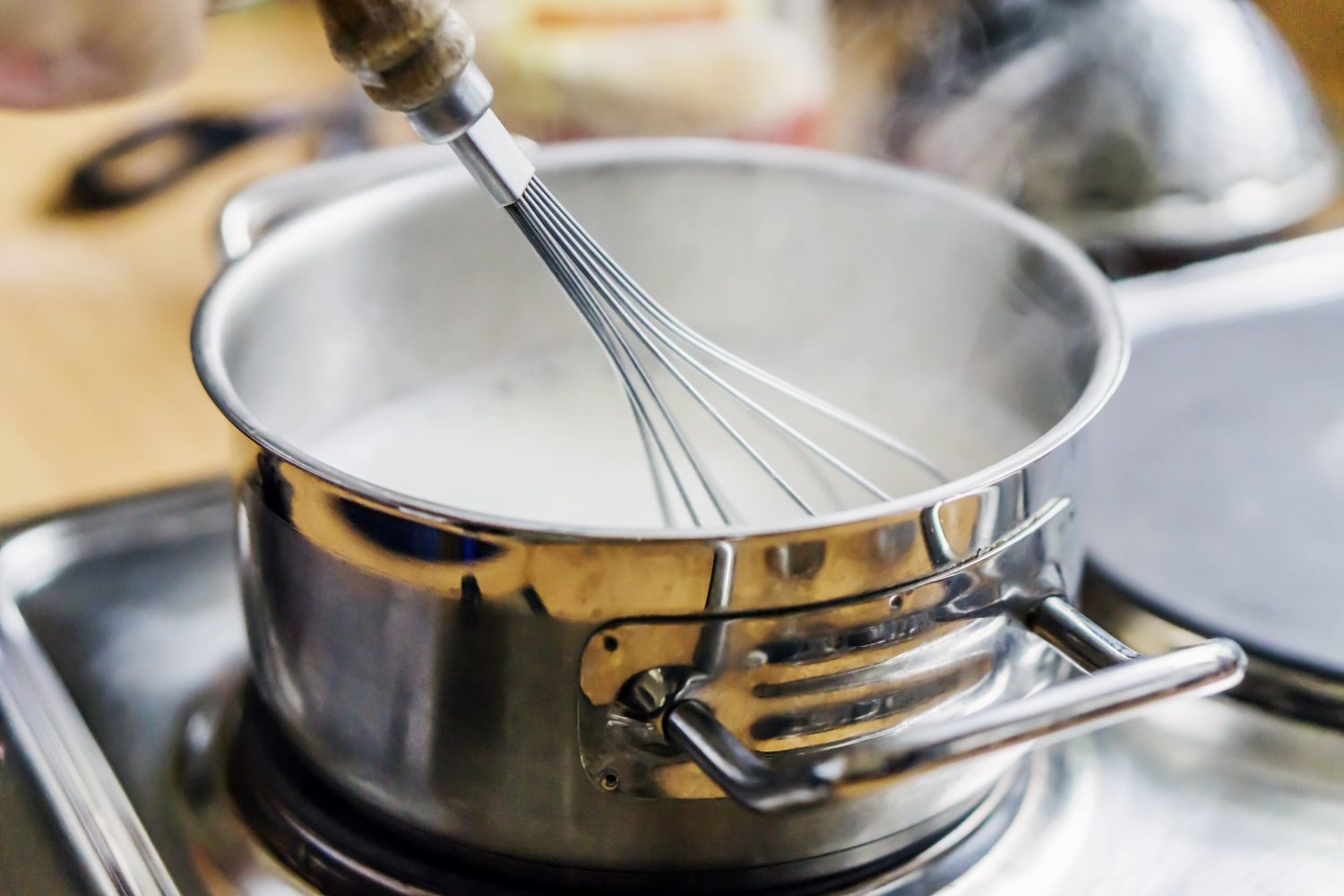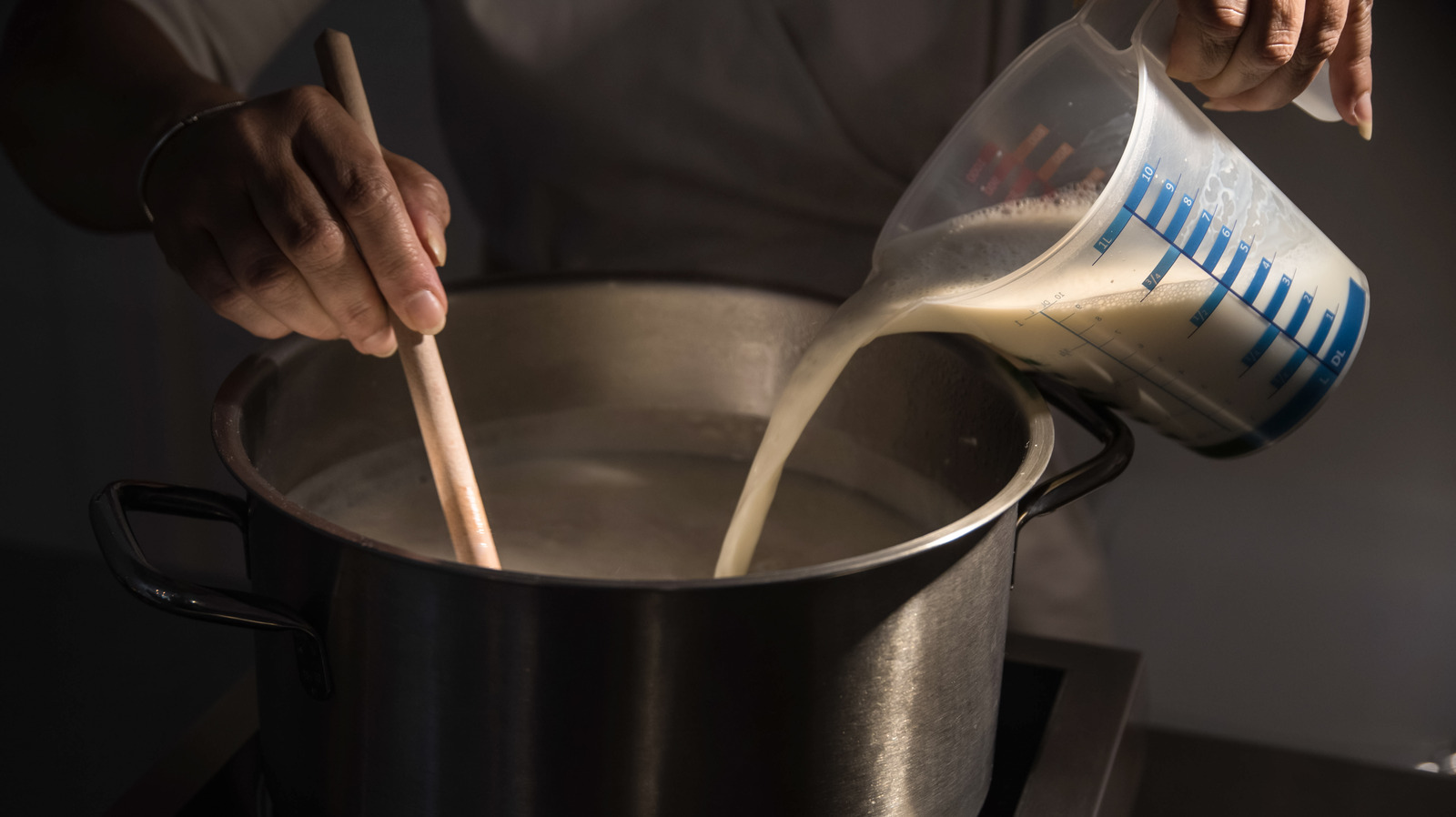What is Scalding Milk? A Comprehensive Guide
Scalding milk is a common culinary technique that can enhance the flavor and texture of various dishes. In this article, we'll explore what scalding milk is, why it's used, and how to do it correctly. Whether you're an experienced chef or a cooking enthusiast, understanding this process can elevate your culinary skills.
1. Definition:
Scalding milk involves heating milk to just below its boiling point, typically around 180°F (82°C). This process deactivates certain enzymes and proteins that can interfere with recipes, especially in baking and making dairy-based dishes.
2. Why Scald Milk?
There are several reasons why scalding milk is beneficial:
- Improving Texture and Flavor: Scalding milk can enhance the texture and flavor of baked goods, such as bread, cakes, and custards.
- Deactivating Enzymes: The process deactivates the protein called whey, which can weaken gluten structure in dough, resulting in a better rise.
- Dissolving Sugar and Butter: Scalding milk helps dissolve sugar and butter more efficiently, which is useful in many recipes.
- Killing Bacteria: Although pasteurized milk is generally safe, scalding adds an extra layer of protection by killing any remaining bacteria.

Why Scald Milk?
3. How to Scald Milk:
Scalding milk is a straightforward process, but it requires careful attention to avoid boiling over or burning the milk. Here's a step-by-step guide:
1. Choose a Heavy-Bottomed Saucepan: Use a heavy-bottomed saucepan to ensure even heat distribution and prevent scorching.
2. Pour the Milk: Add the desired amount of milk to the saucepan.
3. Heat the Milk: Place the saucepan over medium heat. Stir frequently to prevent a skin from forming on the surface and to avoid scorching at the bottom.
4. Watch the Temperature: Use a thermometer to monitor the milk's temperature. Once it reaches around 180°F (82°C), you'll notice small bubbles forming around the edges, and steam will start to rise.
5. Remove from Heat: Immediately remove the milk from the heat to prevent it from boiling. If you don't have a thermometer, look for visual cues like the formation of bubbles and rising steam.

How to Scald Milk
4. Common Uses of Scalded Milk:
Scalded milk is used in a variety of recipes, including:
- Baked Goods: Enhances the texture and rise of bread, cakes, and pastries.
- Custards and Puddings: Improves the creaminess and consistency.
- Hot Beverages: Often used in traditional hot chocolate and specialty coffee drinks.
- Yogurt Making: Helps in creating a better texture for homemade yogurt.
Conclusion:
Scalding milk is a simple yet valuable technique in the culinary world. By understanding how to scald milk and why it's used, you can improve the quality of your baked goods, custards, and other dairy-based recipes. Keep this guide handy the next time you encounter a recipe that calls for scalded milk, and enjoy the enhanced flavors and textures it brings to your dishes.
Note: Always ensure to use fresh, high-quality milk and follow the steps carefully to achieve the best results.